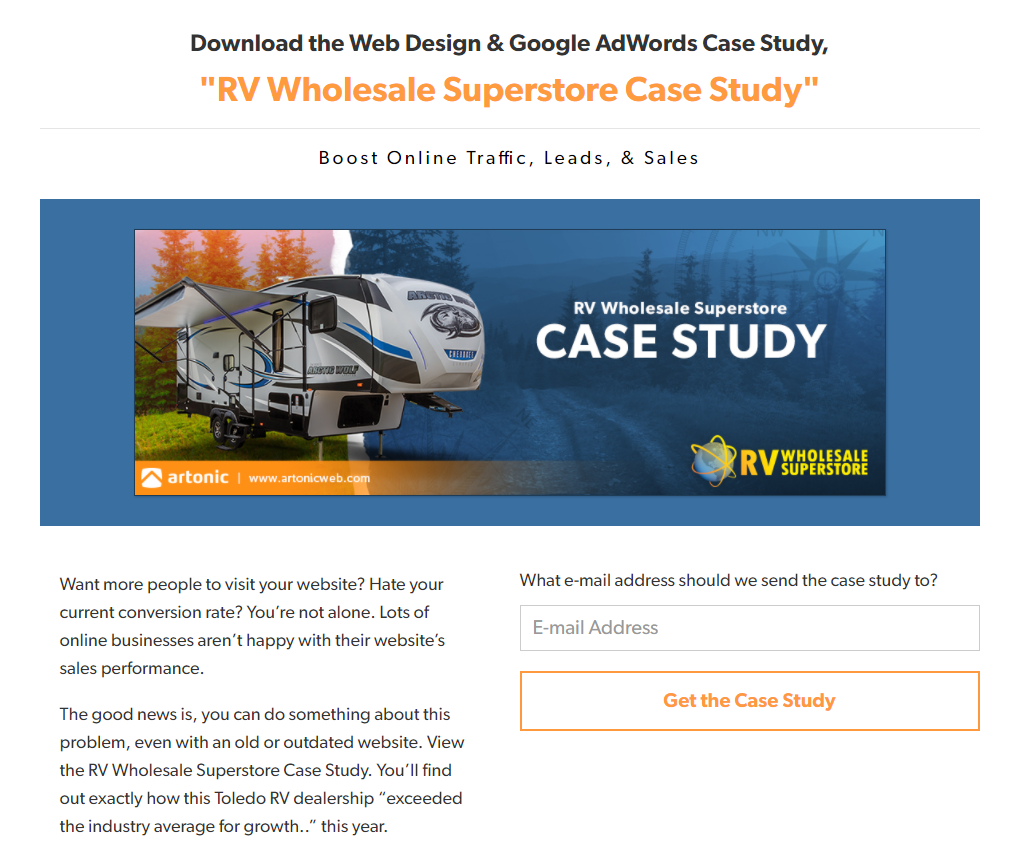The first rule of having a b2b blog for your business is to set goals. You’ll need goals so that you can create a campaign that helps your company grow. Without a goal, it’s really just a collection of articles written for a vague purpose. With specific end goals, it’s much easier to form a strategy and be successful.

How to Set Goals for Your B2B Blog
There are several goals you can set for your b2b blog, such as:
- Get more traffic from Google
- Increase visits from social media
- Get more visits that matter
- Convert website traffic into leads
- Build brand awareness
If you’re just starting your b2b blog, then it may be a good idea to start simply. Focus on making your blog part of your overall marketing plan. Make it a priority to write a specific number of blogs each week. Once you feel comfortable with that, you can move on to another goal.
(Not sure what blog topics to write about? We’ve got you covered: Create Great Content in 5 Steps.)
Let’s examine all of the example goals above and see exactly how your b2b blog can be an active tool in your marketing campaign.
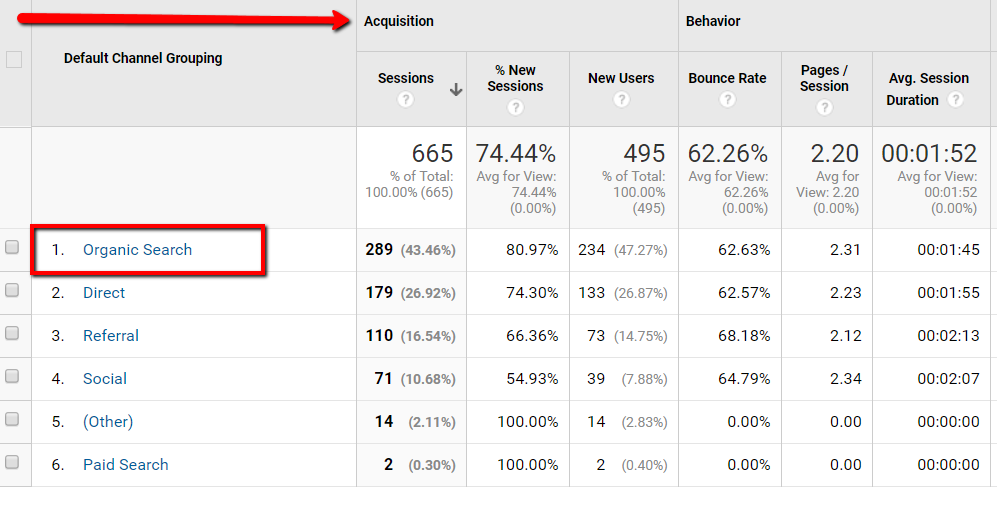
Goal #1 – Get More Traffic from Google
This is a great goal to begin with, especially if your b2b blog is pretty new. Getting found on Google means more organic traffic to your website. (Organic traffic is traffic that you don’t pay for and that comes from a search engine like Google.)
If this is your goal, then you’ll need to know how much traffic your website currently gets from Google. You’ll need to check your Google Analytics or tracking data to find this number. (Here’s how to start using Google Analytics. Don’t have GA? Here’s how to install it on your website.)
Let’s say you receive 200 visits a month from Google, on average.
Now, determine what your goal is – how many visits do you want to bring in from Google each month? A 10% increase is a reasonable goal, especially if you’re just starting out.
To increase organic visits to your website with your blog, you’ll have to do a few things:
- Write blog articles consistently
- Use keywords
- Optimize your blog articles for Google
These are the basic steps to follow if you want more traffic from Google. You need to write articles and publish them. You’ll need to include words and phrases that your audience is searching for. And you should optimize your articles for Google, so Google can understand what your blogs are about.
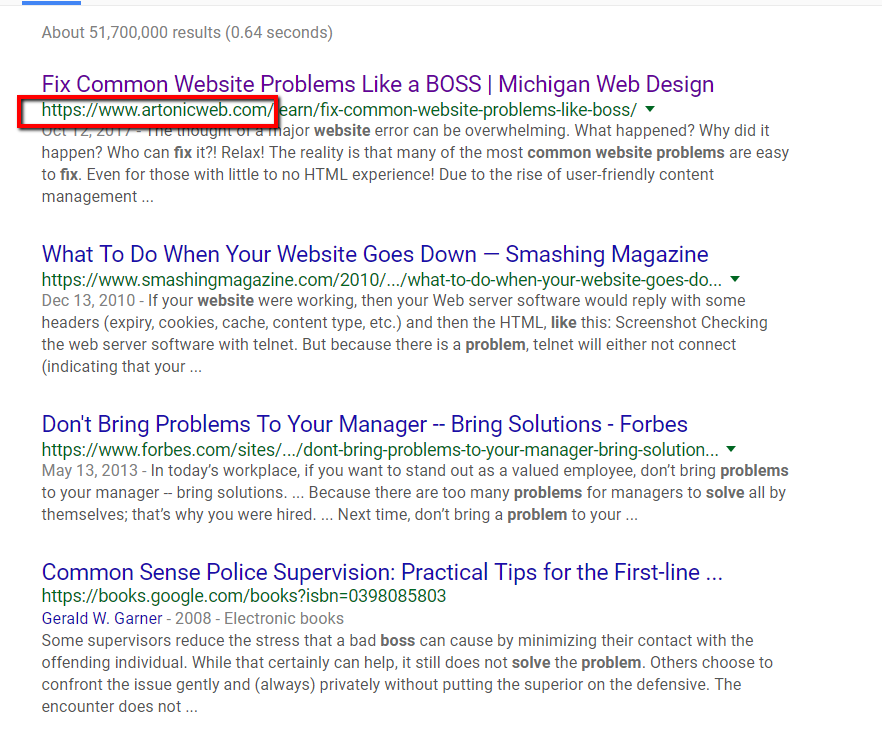
An Example Plan to Get More Traffic from Google
- Create a list of topics to write about that relate to your business
- Find a way to connect to your audience through the list of topics
- Ask yourself, how do my customers talk about my products or services? Use their words and phrases in your articles
- Make a schedule for your blog
- Research basic SEO. If you use a WordPress blog, you can install SEO plugins to help you optimize your blog quickly and easily
- Publish at least one article a week on your blog
- Monitor your traffic in Google Analytics

Goal #2 – Increase Visits from Social Media
Use your social media accounts to bring visitors to your website by promoting your blogs.
Just as with the plan to increase traffic from Google, take these initial steps before you set a specific goal:
- Start with just one social media account
- Determine how much traffic you currently get from this social media account each month
- Note how often you post on this account
- Create a reasonable goal for how much traffic you’d like to shoot for
Here are some basic things you’ll need to do to increase visits from your social media account:
- Post consistently
- Post lots of photos or graphics
- Include links to your blog articles and website in your posts
- Research your chosen social media platform to understand best practices
- Actively work to gain more followers
Again, increasing visits from a social media account like Facebook or YouTube is a lot like increasing traffic from Google. You must post all the time (be active). You should post about topics that matter to your audience. And you should know about the best practices on the platform you use, so that you can make the most of each post and grow your followers. Don’t forget to include links back to your blog articles and web pages in your posts, so your followers can easily get to your website.
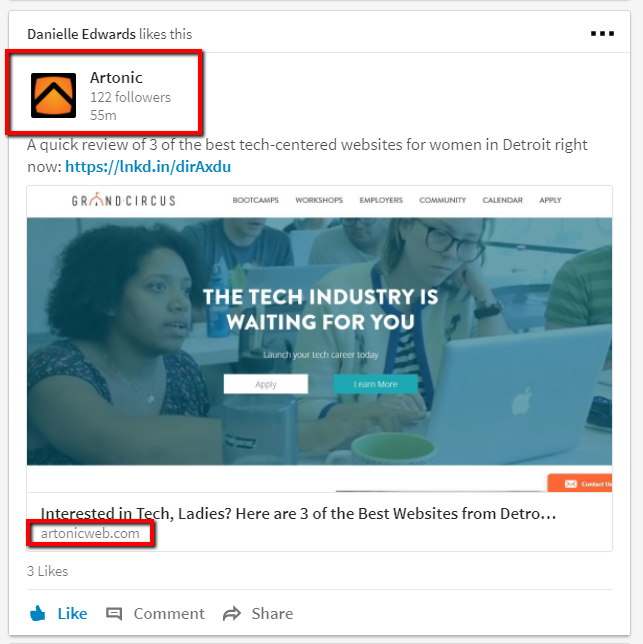
An Example Plan to Get More Traffic from LinkedIn
- Create a list of topics that your audience responds to
- Find a way to connect your business to those topics
- Take photos and record videos to use in your posts
- Use graphics with your posts
- Make a schedule for your posts
- Monitor your social traffic in Google Analytics
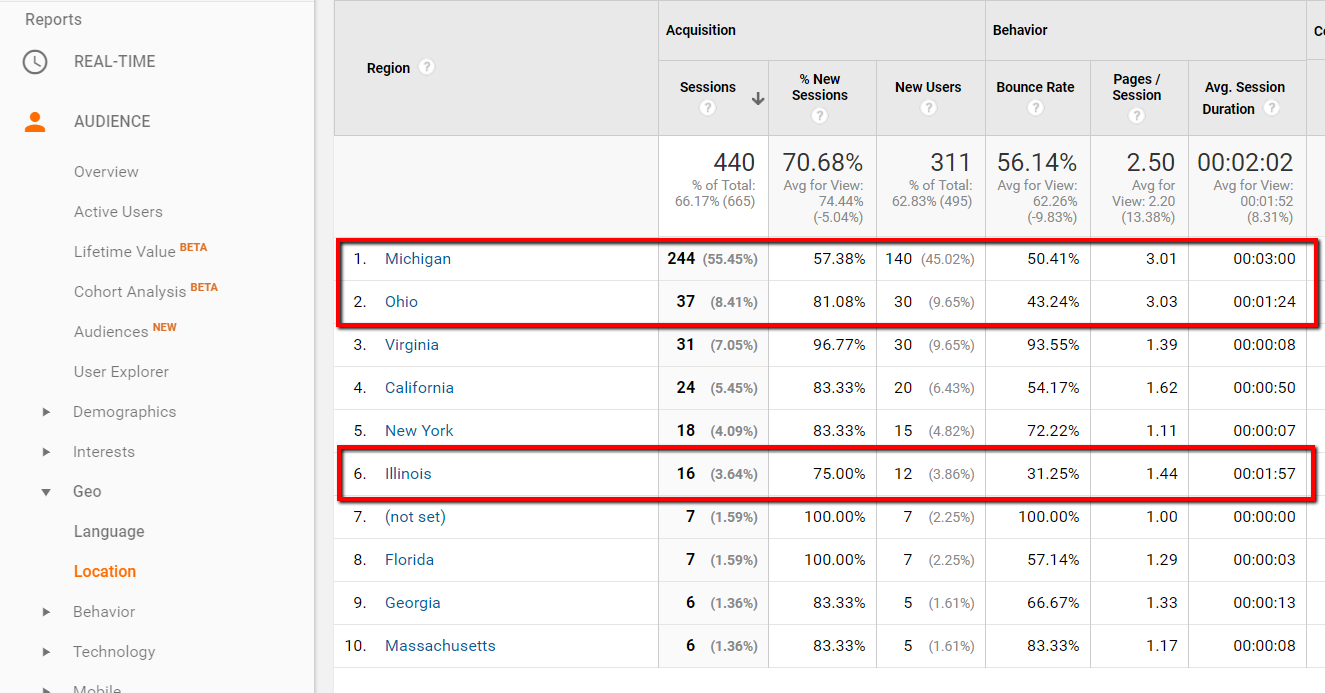
Goal #3 – Get More Visits that Matter
This goal is great if you’re already getting a lot of traffic to your website. Now, instead of focusing only on the sheer volume of visits your website receives, focus on the quality of the visitors you get.
The first step in doing this is the most crucial: Know who your target audience is. (Start here: What Is a Target Audience?)
You have to understand who you want to visit your website in order to bring them in. We’ll start with an easy metric to measure in Google Analytics: Location.
If you’re a small to mid-sized b2b, you probably focus on a local or regional geographic area. Identify this area and check your analytics’ data to find out what percentage of your website traffic is from this area.
For example, if you get 300 visitors a month, determine what percentage of those visitors come from Michigan (or whatever state or city you service). Next, set a reasonable goal for increasing that metric. Let’s say 30% of your website traffic comes from SE Michigan. That’s 90 visitors each month (if you have a total of 300 monthly visitors). 10% of 90 is 9. Your new goal is to get 99 visitors from SE Michigan each month going forward.
To do this, your blog articles must be optimized for your audience in the following ways:
- Keywords and key phrases
- Geographic location
- Links pointing to your blog
To ensure that people actually read your articles, include:
- Great photos or videos to support the blog
- Visual promotion on social media or email
As with the previous goals, monitor your traffic in Google Analytics and any other data tracking tools at your disposal (i.e. Facebook insights or MailChimp analytics).
Goal #4 – Convert Website Traffic into Leads
Once your blog is both bringing in lots of traffic and that traffic is relevant, you’re ready to convert your website visitors from traffic into solid business leads.
To convert a visitor into a lead, you’ll need to get users’ contact info. One easy way for b2b businesses to do this is to create downloadable content, like a PDF, and offer it in exchange for a users’ email address or phone number.
To do this, you’ll need to:
- Create content that your target audience wants
- Set up a system that allows users to input their contact info and automatically receive a download
Setting this up can take a while, which means it’s a long-term goal for your blog. It’s not difficult, but it does require commitment and time to work.
This goal also relies on your understanding of your target audience. You must create content (let’s say an eBook) that visitors want. Your visitors must also value this content enough to give up their contact information.
- Decide on the type of content you want to create
- Video
- eBook
- Infographic
- Calculator
- Case Study
- Determine your process for creating content
- Make a schedule for publishing new content
- One eBook per month for three months
- Set a goal
- Two downloads per month
For example, it’s easy for some people to create eBooks quickly, using Microsoft Word and images from an online resource. Once this eBook is finished, it’s converted into a PDF. This PDF is what converted website visitors will receive once they enter an email address or phone number.

Goal #5 – Build Brand Awareness
Using your b2b blog to build awareness for your brand is a simple yet long-term goal that almost any b2b can set and achieve.
First things first – to build brand awareness, you must define your brand. This won’t work otherwise. Sit down with the shareholders of your company, and determine exactly what your brand is all about.
If you’ve already done this, the next step is to create a style guide for your brand. Determine exactly what is and what is not allowed when it comes to the visual aspect of your brand. This includes fonts, colors, graphics, and more. Style guides come in all shapes and sizes. For example, Artonic has style guides for writing, social media, print, and advertising.
After you’ve defined your brand and created a style guide, it’s time to measure brand awareness. If your brand is new, your baseline is probably very low or non-existent. That’s okay! Now is the time to start building your brand, and using your blog is an easy way to do it.

Final Thoughts
Use your b2b blog to build a successful business, from brand awareness to lea conversion.
Yes, your b2b can and should use a blog as a marketing tool. It’s easy and inexpensive compared to many other marketing and advertising tactics.
The main element that will make your b2b blog successful is consistency. Keep at it. Your b2b blog will build in value overtime, making it a great tool in your digital marketing strategy.


